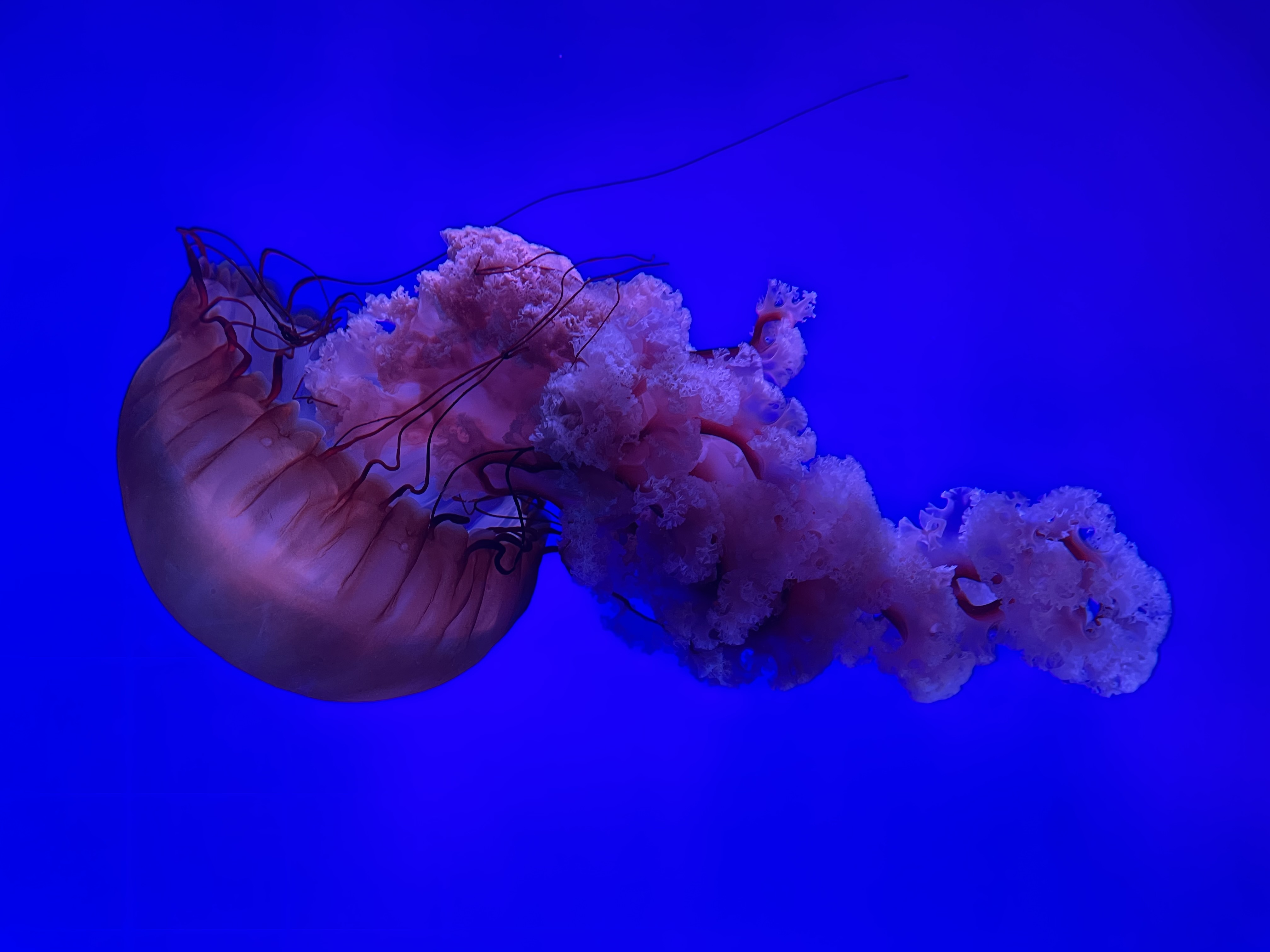I feel like it would be useful to know exactly how much alcohol is in a can or a bottle. Also why is alcohol the only thing measured in percentages and not sugar or caffeine or medicine?
X% of the cans volume tells you the exact amount. You can know with very simple math. The reason why is because historically, alcohol drinks are taxed based on the concentration, or percentage, of alcohol. Beer would be taxed at a lower rate than say whisky. It was all based on the percentage, or “proof”, of the beverage, not the actual amount. That way a small and large jug of whisky would be taxed at the same rate.
Should be relatively easy to figure out if you know both the total amount of liquid and the percentage of alcohol.
100ml bottle that’s 40% ABV would be 40ml of alcohol.
As a consumer, I think it makes more sense to have the percentage by volume. Firstly, it makes the general pattern of alcohol content much clearer so we get a better intuition of what we’re getting into. Beers generally hover around 5%, wines at 10-15%, and spirits at 20% and above.
Building on that, people don’t generally remember the volume of pure alcohol they can handle, but they do remember, for example, that three glasses of wine is the most that they should drink. If you’re presented beer, then along with your intuition of their relative alcohol content, you can easily approximate that you can handle about twice as much volume since it’s about half the alcohol by volume. And similar if you have spirits, then you can reduce that volume to half or less.
How would you estimate it given a volume of alcohol instead? I know I can handle three glasses of this one particular kind of wine. If I have another type of wine with a different alcohol content and different bottle size, I’ll have to math out how much alcohol will be in my glass: (Volume of glass)*(total alcohol context)/(Volume of wine bottle). Most people would give up before even trying to come up with this formula. Now how much alcohol did I have the last time when I had three glasses of wine? The bottle said something like 80ml of alcohol. But how big was it? That’s two large numbers that you need to remember, and since they’re so different from one bottle of wine to the next, you likely don’t remember any of it.
Secondly, it affected flavour. In general, you can taste how much alcohol is in a certain drink and that depends on the relative volume of alcohol, not the absolute amount.
You wouldn’t take a shot of beer with 5% ABV
Nor would you take a pitcher of vodka
I doubt it will be of any benefit. How would it help if you knew that bottle of liqueur contans 125ml of pure alcohol? Or that bottle of Sauvignon Blanc contains 98ml? Or a can of beer 15ml?
I suppose you need to multiply. And you need to factor in all of that additional info anyways. How much wine do you drink? The whole bottle? How much alcohol can you tolerate? (What do you weigh…) And how much sugar is in the beverage, because that also affects things and is extra work for your liver, too.
But it’s a good question. And sugar, caffeine etc are in fact measured in percentage. At least in europe you always have a measurement per 100ml or 100g written on the packaging, which is kind of the percentage. Interestingly enough it’s not written on wine, liqueur etc.
ABV works for all types of packages. It could be helpful to know that a can of beer contains 18.6ml of alcohol, sure, but what about a bottle of whiskey or vodka? Is it better to know that it’s 40% alcohol or 300ml? Should a bar publish that a keg has 4.2 liters of alcohol in it?
With ABV you can compare alcohol across volumes.
Just thinking. Maybe there’s a non linear relation between the uptake and the amount of alcohol. As for other products, they usually have a nutritional information table per 100g that you can thus read as percentages.
There are special rules for labelling for alcohol given the obvious risks of consuming more than you realised.
Here alcohol must show the percentage alcohol content, but alcohol designed to be consumed as-is (without mixing) also states the number of standard drinks.
The number of standard drinks is the same as the “amount of alcohol” you mentioned.
Other ingredients like sugar aren’t shown as a percentage because manufacturers don’t want to show it, and it’s not required by law because although there are risks of excess consumption, they’re not “immediate risk to life” type risks.
Yeah, NZ & Aus both have a ‘standard drinks’ system.
My guess is that larger quantities of alcohol (particularly bottles of spirits but also wine) simply aren’t intended to be drunk by one person in one sitting. Total volume of alcohol isn’t that useful; it’s more useful to be able to work out how much is in one shot or one glass.
This is especially important when you look at the same product being sold by the shot/bottle/cask/barrel, or being able to buy a gallon of it in your own container historically.
I don’t know, but sugar is usually in “g / 100g” so technically in percentage
In beverages, it’s g/100ml.
Which is basically the same since 1g of water is 1ml.
Of water, yes, but not of sugar.
Yes but I figured a pretty good approximation. I’m actually curious how much of a difference it would actually make.
Alcohol drinks is vol% around here.
I feel like it would be useful to know exactly how much alcohol is in a can or a bottle
They always list the total volume of the liquid so you can easily get the absolute alcohol content with the percentage.
Since krellor answered the main question:
I feel like it would be useful to know exactly how much alcohol is in a can or a bottle.
- By volume: multiply ABV by the volume of the drink.
- By weight: do the maths above, and then multiply the result by 0.789 g/ml.
RL example: the beer in my fridge is 350ml, 4.7% ABV. Doing the maths this is roughly 16.5ml of alcohol, or 13.0g.
I haven’t seen anyone really answer the why of it, which is that the industry developed using a floating glass tool called a hydrometer which measures the specific gravity, or density, of liquids.
When you boil the wort to prepare for fermentation, you end up with a sugary liquid that is denser than water or alcohol. Water has a specific gravity of one, and the specific gravity of the wort is increased by everything you dissolved into it. You would float a glass hydrometer in it and lets say you get a reading of 1.055.
After fermentation the yeast has converted much of the sugar to alcohol and decreased the specific gravity. You measure a second time, and multiply the difference by a constant factor to get ABV. let’s say after fermentation you got a reading of 1.015.
1.055 - 1.015 = 0.04
0.04 * 131 = 5.24% ABVWe label with ABV because that was how it was calculated, and remained the same regardless of the quantity served.
There is a similar process for distilling as well. Before these methods people didn’t know the exact amounts, which led to fun things like navy and admiral strength.
A percentage is going to be more useful to a consumer than a volume anyway, especially for bottles that are consumed in part. 40% tells you a drink is going to be strong, without any further math based on whatever size drink you have poured yourself. If you wanted to know the volume alcohol of a poured drink, you’d have to linearly interpolate according to the size of glass you poured yourself, which is one step beyond just multiplying the alcohol percentage by the volume of the glass.
So in conclusion, labeling the volume of alcohol on a bottle is only practical for beer bottles and prepackaged cocktails, etc. If you do want to know the volume of alcohol consumed, simply multiply the volume of drink consumed by the ABV%.
There are medications that measure the active ingredient as a percentage too, like topical creams. I think it’s done to make the relative strength easier to compare when the volume is varied. Labelling a keg of beer or a barrel of wine with the actual volume of alcohol it contains doesn’t make it easy to tell the amount that would be in a single glass.







